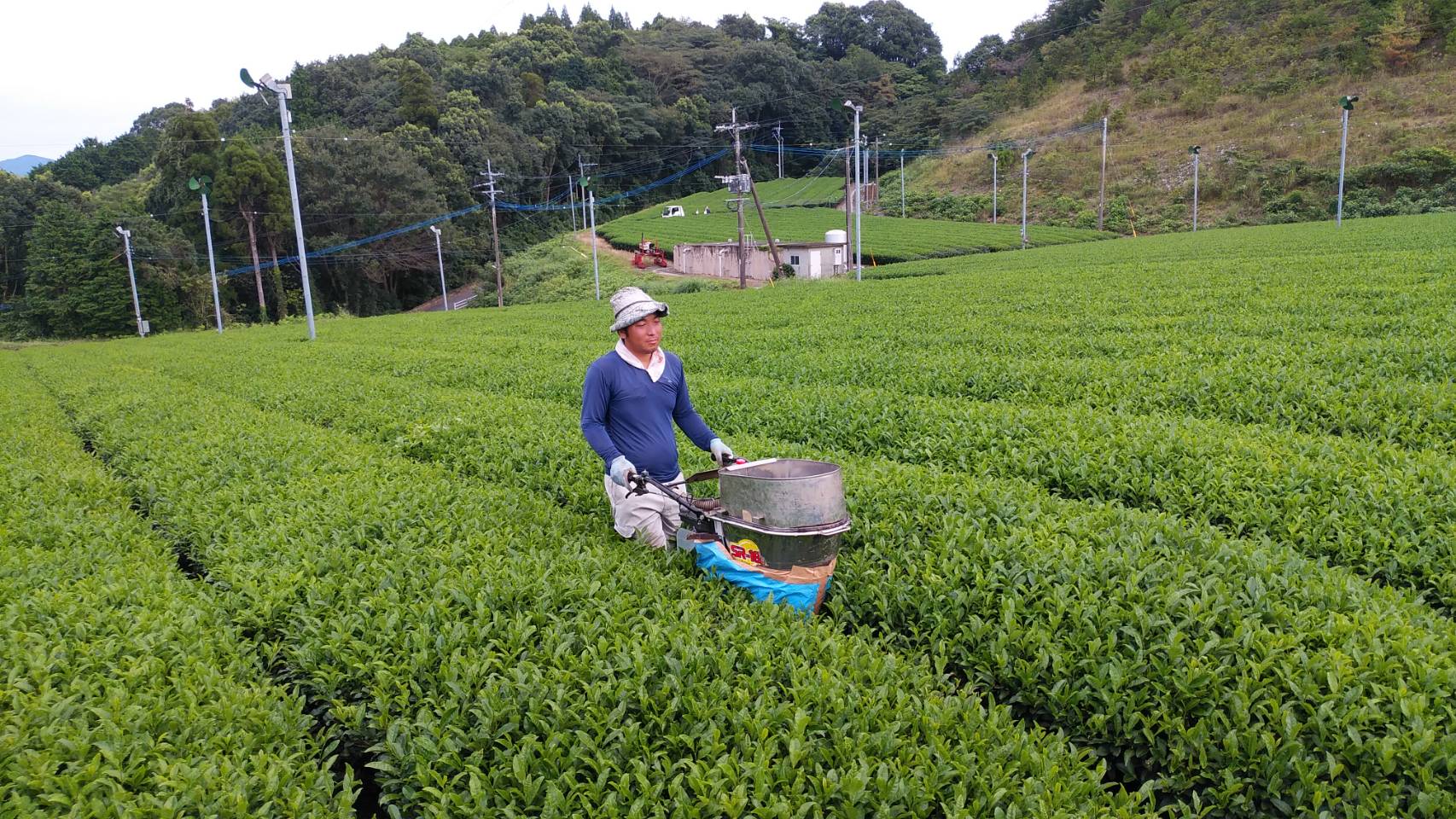Chinese vs Japanese Matcha - Is there a difference?
- 4 min reading time
One important factor when purchasing matcha is knowing exactly where it comes from. Today we are going to introduce the differences between Chinese and Japanese matcha.
Soil
Delicious matcha starts from the ground up. Soil quality and pH balance is incredibly important in maintaining matcha’s nutritional quality and flavor. For example, matcha grown in Shizuoka, Uji and Fukuoka will taste slightly different partly due to the soil in which the tea leaves were grown. Fertilizers are applied carefully and pesticides are maintained under strict guidelines. While it is difficult to know exactly how Chinese matcha growers maintain their soil, some studies have found worrisome levels of pesticides in Chinese teas as well as heavy metals from air pollution.

Shade
Tea leaves that are going to be made into matcha should be shade grown. This practice is standard for matcha production in Japan. Protecting the tea leaves helps the leaves retain their green color, which gives Japanese matcha powder is vibrant green hue. Too much exposure to UV rays could cause the final product to turn a dull yellow or brown and taste bitter. Chinese matcha is often a dull yellow or brown in color, most likely due to too much sun exposure. This over exposure can also reduce the nutritional quality of the tea itself.
Heat
Once the leaves are grown and harvested, they are processed with heat in one of two ways. Applying heat to tea leaves stops the oxidation process. In Japan, the tea leaves are steamed before being dried and ground into a powder. The steaming preserves the leaves’ color and vegetal aroma. Japan learned this steaming process from China when tea first debuted in Japan. China also steamed their tea leaves. However, it is said that they began to pan-fry their tea during the Ming Dynasty due to a ban on compressed tea. Pan-frying tea leaves slightly ferments the leaves and changes the whole flavor of the tea once it’s brewed.

Grinding
After the steaming/frying, the leaves are then ground into a powder. Japanese growers employ machines to uniformly grind the matcha using giant stone grinders. This gives Japanese matcha a fine texture, almost like talcum powder. Chinese matcha is still often hand ground. Hand grinding can’t produce the same smooth texture as machines can and will leave a gritty, sand-like finish when you dirnk it. Because the particle size is uneven, Chinese matcha also doesn’t froth as well as Japanese matcha.
Price
You’ll naturally see a price difference between Chinese and Japanese matcha. The difference is the level of work that goes into matcha production. Japanese matcha is labor intensive so it is more expensive than Chinese matcha. However, the quality and safety assurance of Japanese is almost worth paying more for. Buying Chinese matcha and expecting it to taste like Japanese matcha is like eating fruits from different regions - they'll each taste very different.
With so many brands of matcha available online, how do I know where my matcha is from? The good news is, most brands, including ours, are very forthcoming about where their matcha is grown and it often clearly written on the package or in the product description. If you want authentic, Japanese matcha with transparent practices, you can shop our full selection here.
